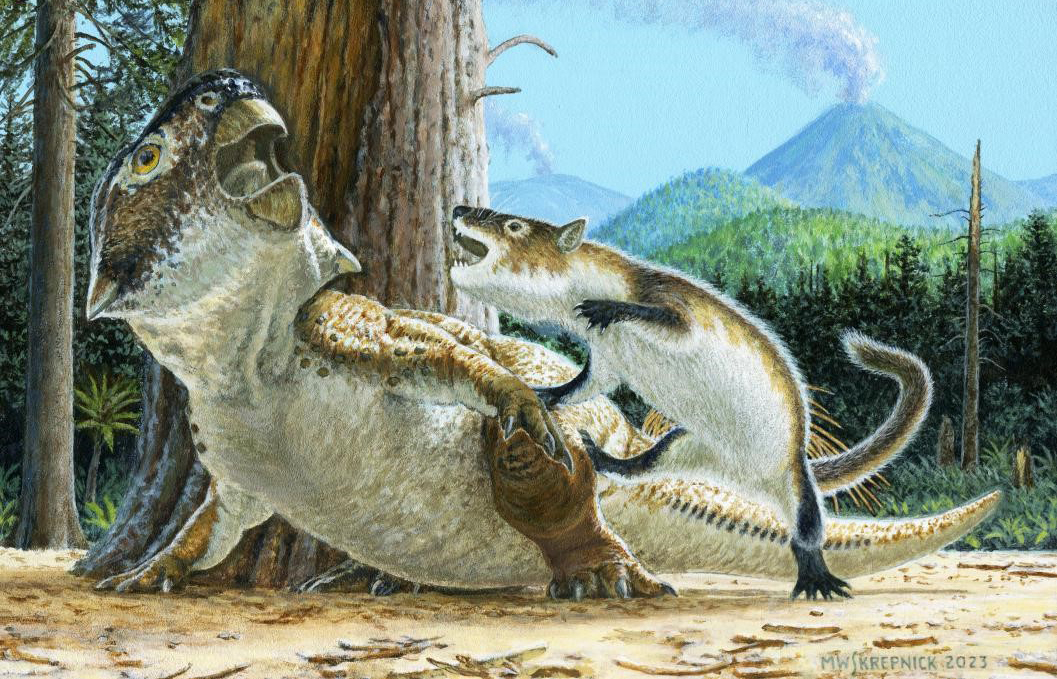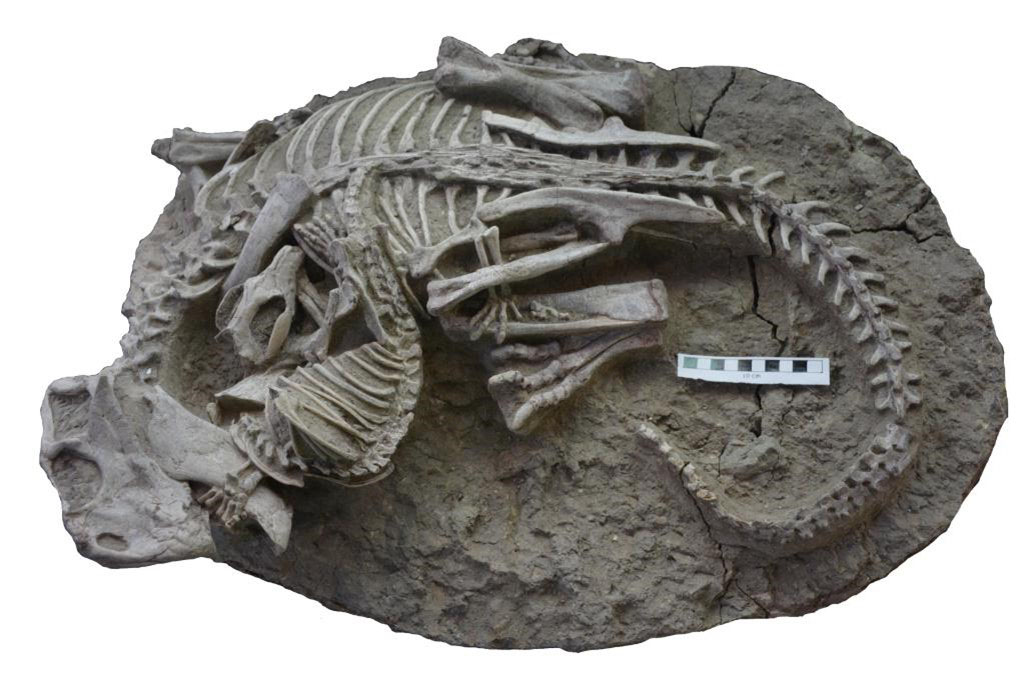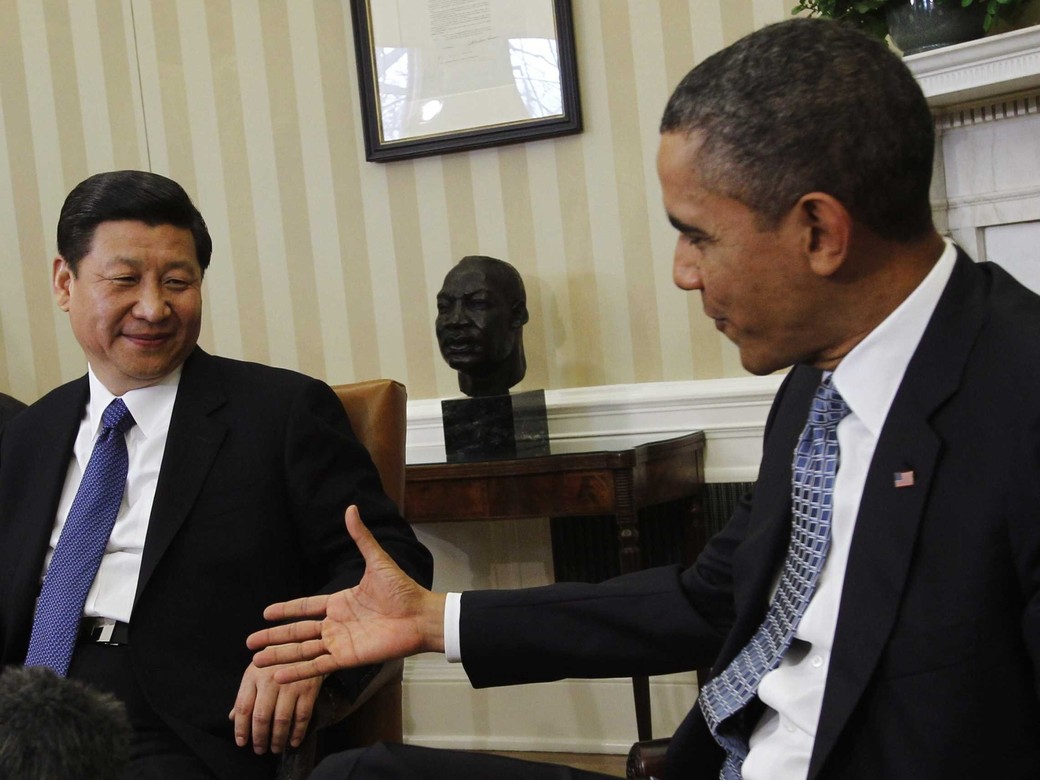
Reflections on the China-Canada Dinosaur Project
by H.E. CONG Peiwu, Chinese ambassador to Canada
When I recently took a stroll at the Canadian Museum of Nature, memories of a significant collaboration between China and Canada in paleontology 38 years ago came to mind. In 1986, the two countries initiated the China-Canada Dinosaur Project, marking the largest dinosaur exploration program between East and West in the last century.
This project focused on researching ancient strata in northern China and North America, seeking well-preserved dinosaur fossils, investigating the relationship between dinosaur fauna in Asia and North America, and establishing an Asian dinosaur classification. Over a five-year period, leading dinosaur researchers from both nations conducted fossil excavations and scientific studies across various sites in China and Canada.
Notably, in July 1986, Chinese paleontologists Dong Zhiming and Yu Chao led a team to Alberta, Canada, and the Nunavut region to explore the Arctic continental shelf and fossils. The initial phase of the China-Canada Dinosaur Project produced significant findings.
For decades, following the footsteps of their predecessors, dinosaur scholars from both countries have carried out sincere cooperation, turning this project into a shining example of scientific unity between our countries. A remarkable tale unfolded last year through the combined efforts of scholars from both sides, revealing a rare fossil dating back around 125 million years. Unearthed in Liaoning Province in Northeast China, this fossil depicts a moment frozen in time when a Repenomamus robustus, a carnivorous mammal, and a Psiyyacosaurus, a large herbivorous dinosaur, were engaged in a fierce battle before being preserved by lava.

ABOVE: The fossil discovered in Liaoning Province. (Source: Canadian Museum of Nature)
The quest for civilization has never been advanced by the brutal dynamics of the jungle. A world where the strong prey on the weak cannot foster a prosperous human civilization. While many dinosaurs perished in relentless struggles for survival, humanity has flourished through inclusiveness and collaboration. Transplanting the logic of the law of the jungle, which advocates the supremacy of power, into human society fundamentally undermines the principles of sovereign equality and world peace. In today’s era of globalization, nations are intricately linked and reliant on each other. Therefore, embracing a winner-takes-all mentality akin to the law of the jungle is futile; instead, pursuing inclusive development for the collective benefit is the true path forward.
With farsightedness and vision, President Xi Jinping noted that humanity is a community with a shared future where all people rise and fall together, and that all countries need to follow the trend of the times featuring peace, development and win-win cooperation, move in the direction of building a community with a shared future for mankind, and rise to challenges and build a bright future through cooperation. China proposed The International Science and Technology Cooperation Initiative in 2023, which promotes open, fair, equitable and non-discriminatory international science and technology cooperation, calls for science, technology and innovation (STI) cooperation to explore solutions to global issues, address the challenges of the times together, and to jointly promote peaceful development. It aims to develop science for the benefit of all regardless of borders, and calls on countries to work together to boost collaboration and mutual learning among STI entities, so as to jointly build a community with a shared future for mankind.
Just like the China-Canada Dinosaur Project, China-Canada scientific cooperation is mutually beneficial, and can help mankind gain a deeper understanding of the world. Any attempts to impede such mutually beneficial collaborations risk undermining past achievements, jeopardizing present interests, and stifling future progress. It is hoped that discerning individuals in Canada will acknowledge this reality and embrace cooperative efforts for the greater good.
HEADER IMAGE: A reproduction of the fight. (Source: Canadian Museum of Nature)









